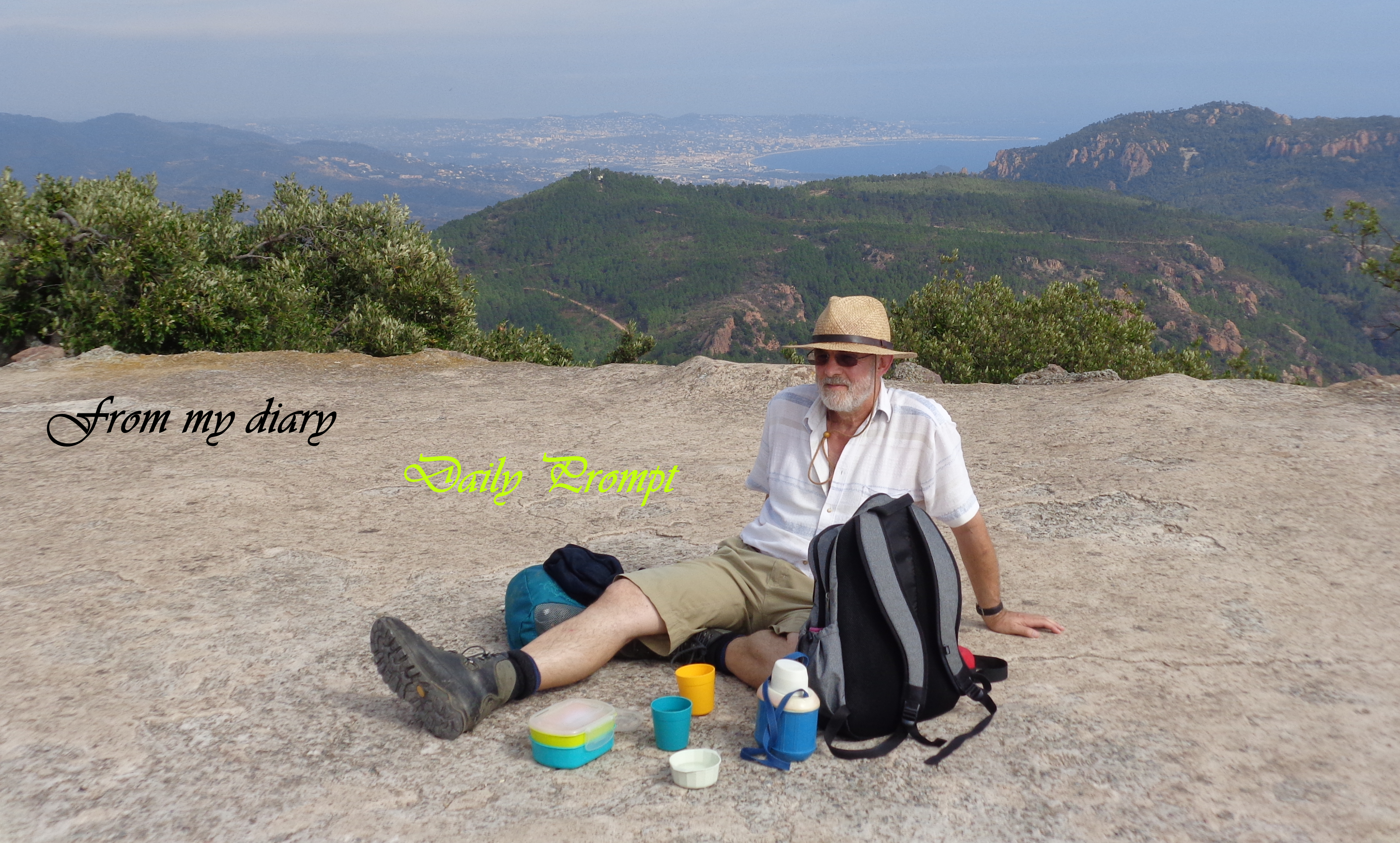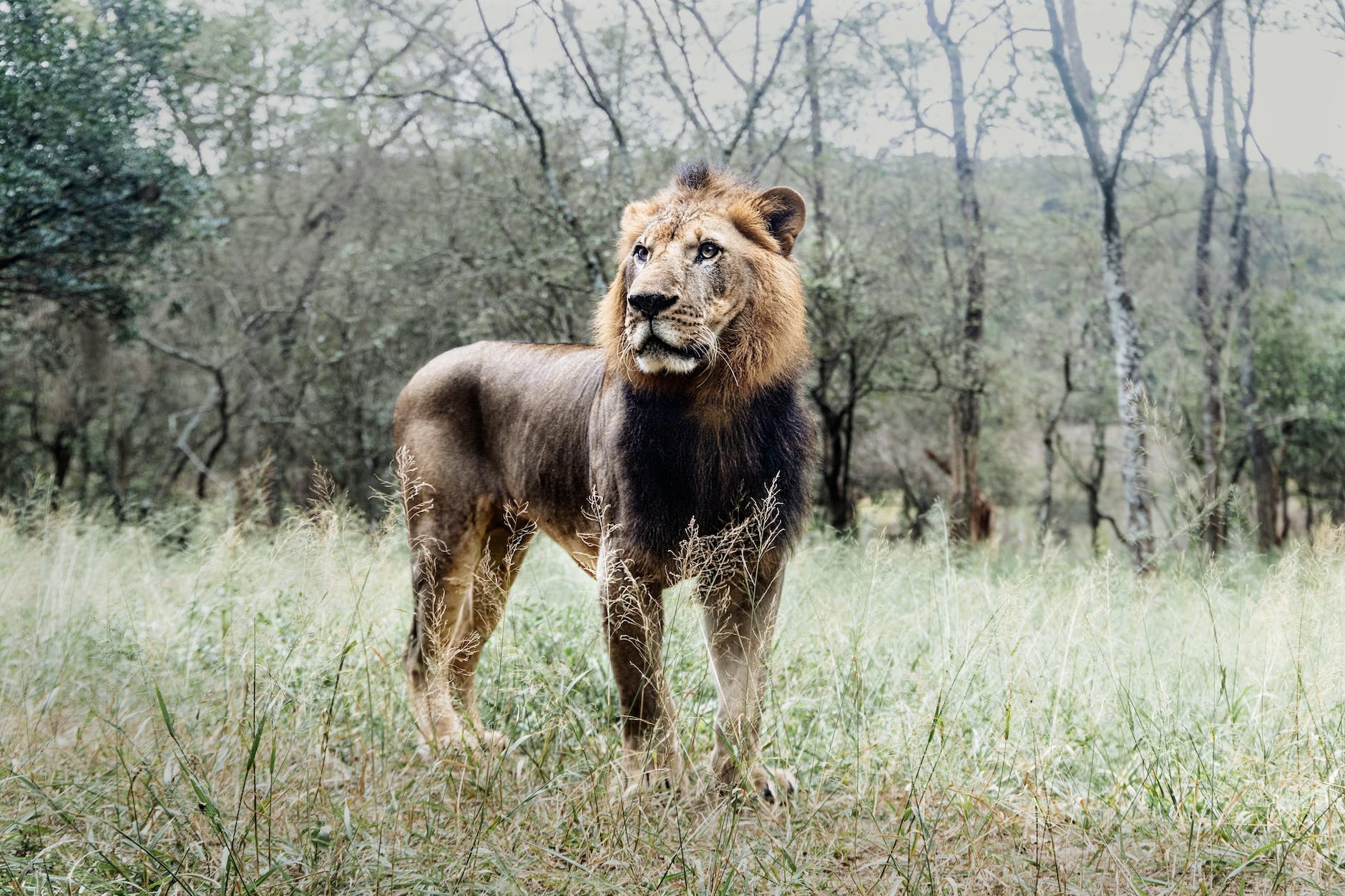It is a long time ago that we were one of millions of Londoners and tourists visiting Richmond Park, the largest of the capital’s eight Royal Parks and the biggest enclosed space in London.
It is great that a country recognises the importance of nature and does also work on it to give the human beings an impression of its value.
Lovely that we can find some shared witnessing of the beautiful National Nature Reserve, London’s largest Site of Special Scientific Interest and a European Special Area of Conservation.
+
- Kingston Hill > lots of sitings of deer <= currently rutting season => pushes stags without their own herds much closer to the park boundaries than they would normally go.
- Isabella Plantation = small sectioned off area of the park where the planting is more formal
Nice to see that they’ve been working on Isabella Plantation, making it more accessible for wheelchair users => looked quite nice + waterless toilet block
Related articles
- A Beagle Pack Date In Dog Friendly Richmond Park (wagthedoguk.com)
There’s nothing better than going for a nice long walk with a pack of wagging beagles! We love being part of a pack, and in fact it’s our nature, we were bred to hunt in a group. So when I found out I was going to be meeting with Eli’z from France, Porthos and Lucy hailing from the U.K. I just couldn’t wait.One big beautiful dog friendly park and four beagles ready to sniff, wag and explore, what could be better! This was my first time at Richmond Park and I would highly recommend it to any dog wanting to go for an amazing stroll right in London.
- The rutting stags of Richmond (notesfromcamelidcountry.net)
A few weeks back, I found myself in Richmond Park, one of London’s most beautiful parks, and a ‘green lung’ in West London – you need a lot of trees to absorb the CO2 all the planes dump on London as they land at Heathrow. The park is huge by London standards, covering an area of approximately 2500 acres, making it the second largest green space in the city. It’s a glorious place with a long history, and royal links going back to Edward I’s reign (1272 – 1307). It took its current shape in 1637 under the unfortunate Charles I, who twelve years later would lose his head to the English Revolution. - Stags in bitter death battle to be crowned alpha male (express.co.uk)
Photographer Mark Smith, 35, was just metres away when this battle started and managed to capture it – demonstrating how brutal stags can be.
He was in Bushy Park, London, photographing wildlife for the day and noticed that tensions were growing high between stags.
Testosterone was rife in the royal park as it is mating season for deers – which means stags must prove to females they’re the alpha male.
- Rutting season in all its glory: Battling stags scrap for supremacy in autumnal Richmond Park (dailymail.co.uk)
October and early November are traditionally the months when stags lock antlers to compete for mating rights with the females – an act that has been captured in these stunning photographs, taken at the largest of London’s Royal Parks.Arriving at dawn, Mr Bridger caught some of the action on camera – watching a pair of fallow deer fight for over an hour.
In the background a herd of females can be seen watching the fight like a ringside boxing crowd to see which male will come out on top.
- Isabella Plantation (lacer.wordpress.com)
We managed to drag ourselves out of the flat this afternoon to go and walk up to Isabella Plantation, which is a smallish, enclosed area in Richmond Park. Whereas most of the rest of Richmond Park is quite wild, Isabella Plantation is more managed and there are beautiful flowering bushes, prehistoric looking ferns, cooling ponds and cute little streams with tiny bridges or stepping logs over them, there. - Waterless toilet to set bog standard at Latitude festival (theguardian.com)
Given the nature of her quest, it is just as well that Virginia Gardiner has never been too self-conscious about bodily functions and their taboos.In her mission to create a waterless loo that uses no energy and turns the waste into a useable product, Gardiner has exhibited a bowl moulded from horse manure and monitored the activity of composting worms in her bathroom, turning “poop” into fertile soil, she said.
Now, seven years after she embarked on her plan to revolutionise the “most un-innovative part of anybody’s house”, her Loowatt waterless toilet will be shown off to festival goers at Latitude in Suffolk this month
- Frank Rijsberman: Why We Need to Reinvent the Toilet (gatesfoundation.org)
We have estimated that, through 2009, 54% of our funding went to water and the remaining 46% to sanitation and hygiene. Over the past two years, 90% of our funding has been invested in sanitation and the remaining 10% in water and hygiene.That ratio is likely to remain the same in years to come. Clearly, it does not imply that we think water is no longer important. We will continue to invest significant resources in water. But because so many of you are already working on water, we want to help sanitation catch up. If we are investing in sanitation in a location where people don’t have access to safe water, we will not rule out supporting water-related activities as part of the project – or through collaboration with other partners that focus on water, such as the Hilton Foundation.
+in the more than two centuries since Alexander Cummings patented the S-bend – the revolutionary water seal that allowed the outhouse to be upgraded to an indoor water closet – we have learned a few things in science and engineering that can inspire smart inventors among us to come up with the “cellphone of sanitation.” Not a toilet that is only good enough for poor people, but an aspirational product that leapfrogs flush toilets. A product that all of us would want to use.
Frankly, how much sense does it make to clean water to drinking-water standards and then use a good portion of that precious resource to flush waste down an expensive pipe system – a pipe system that even the richest nations can barely afford to rehabilitate? And how much sense does it make to transport our waste to treatment plants that consume so much energy that many operators in Africa have simply flipped off the power switch? Wouldn’t you rather have a toilet in your house that directly recovers the energy, nutrients, and water that we currently throw away? Wouldn’t you like a toilet that helps you recycle waste in the same way that we now recycle paper, glass, and plastic? I bet you would.
So, yes, we think that the toilet should be reinvented.
- ‘Hidden Treasures’; Open House programme; and the Isabella Plantation celebrates 60 years… (exploringlondon.wordpress.com)
Among the London institutions taking part this year are the British Library, the British Postal Museum and Archive in Houghton, the Museum of the Order of St John in Clerkenwell (pictured) and Orleans House Gallery in Twickenham. Hidden Treasures is an initiative of the Collections Trust and the Independent newspaper. All events are free but some have to be pre-booked and have limited spaces so make sure you check out the details at www.hiddentreasures.org.uk/?page_id=118. - Isabella Plantation in full blooming glory. (londoninsight.wordpress.com)
Following on from last year’s secret gardens series, ( West, Central & East, North and South regions of London) I have fulfilled a promise to myself by returning to the Isabella Plantation in Richmond Park (see ‘West‘ for the previous Isabella story), to see the flirtatious display of Azaleas and Rhododendrons at their blooming best. - Prized stag shot by poachers and left to die in agony (thetimes.co.uk)
One of the most magnificent stags in the New Forest has been shot by poachers who left him to die in agony.The 16-year-old red deer, called The Monarch, was the largest in a herd of 40 on the Burley Estate and a favourite with visitors to the area. He was so well known that his photograph adorned souvenirs sold to tourists.



















































